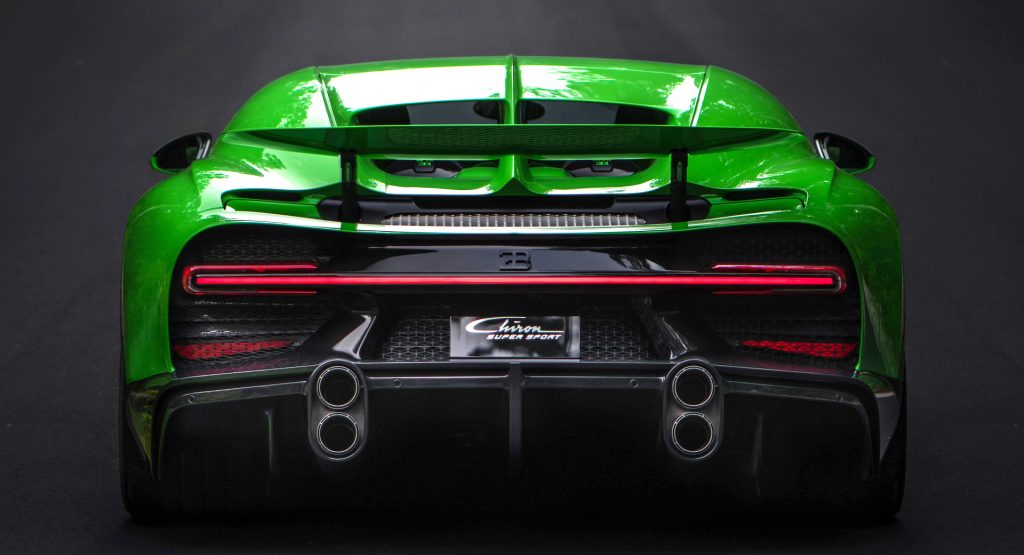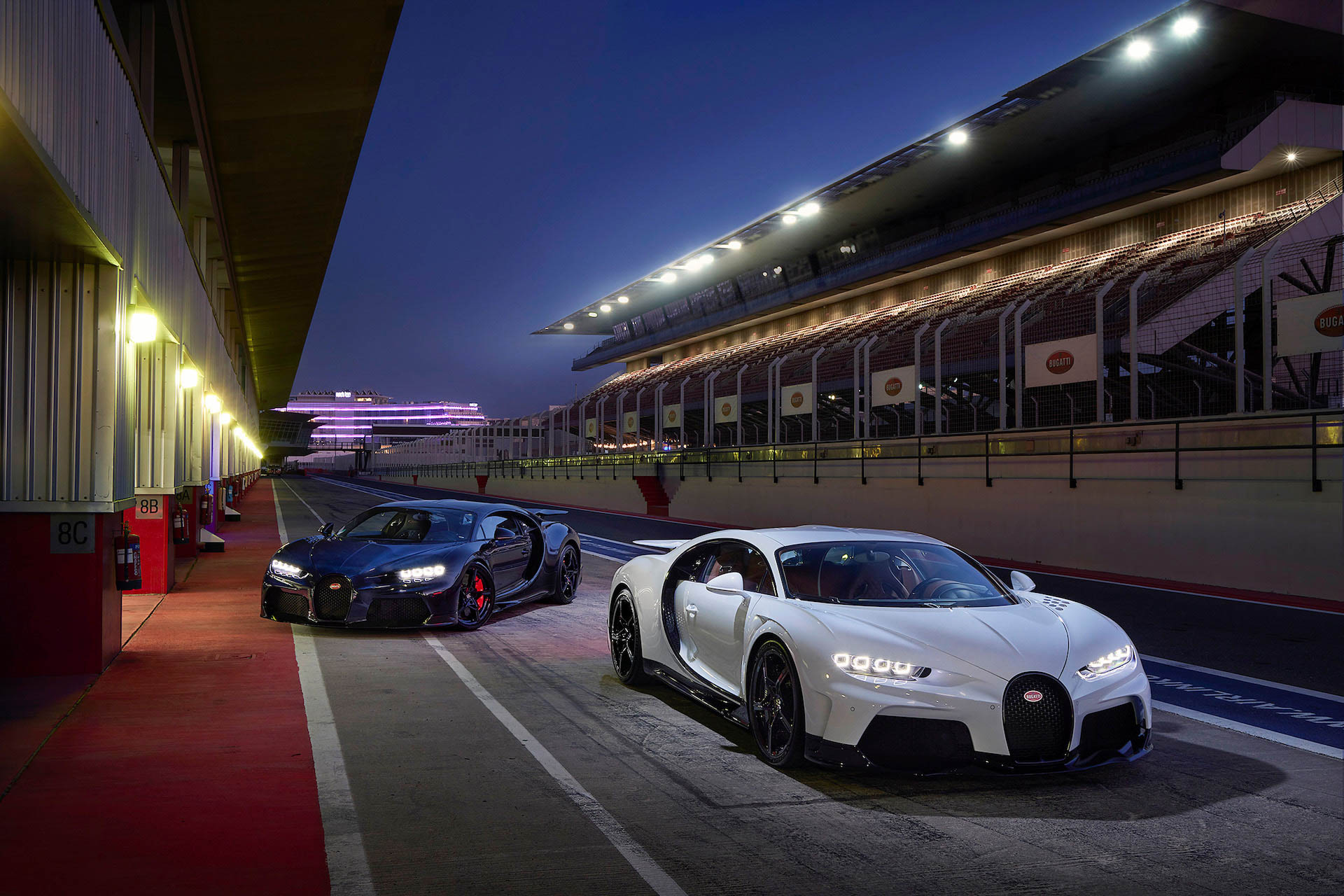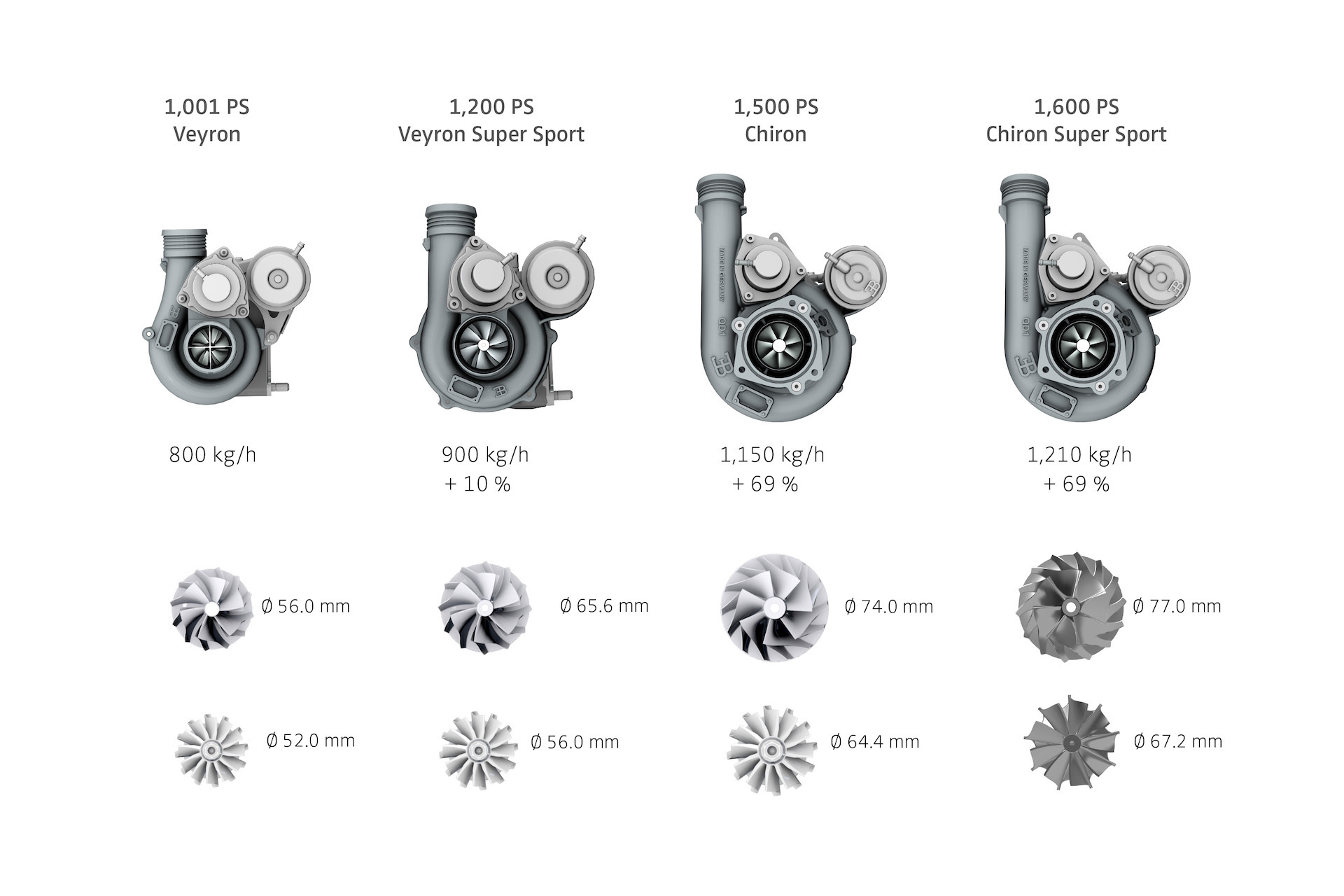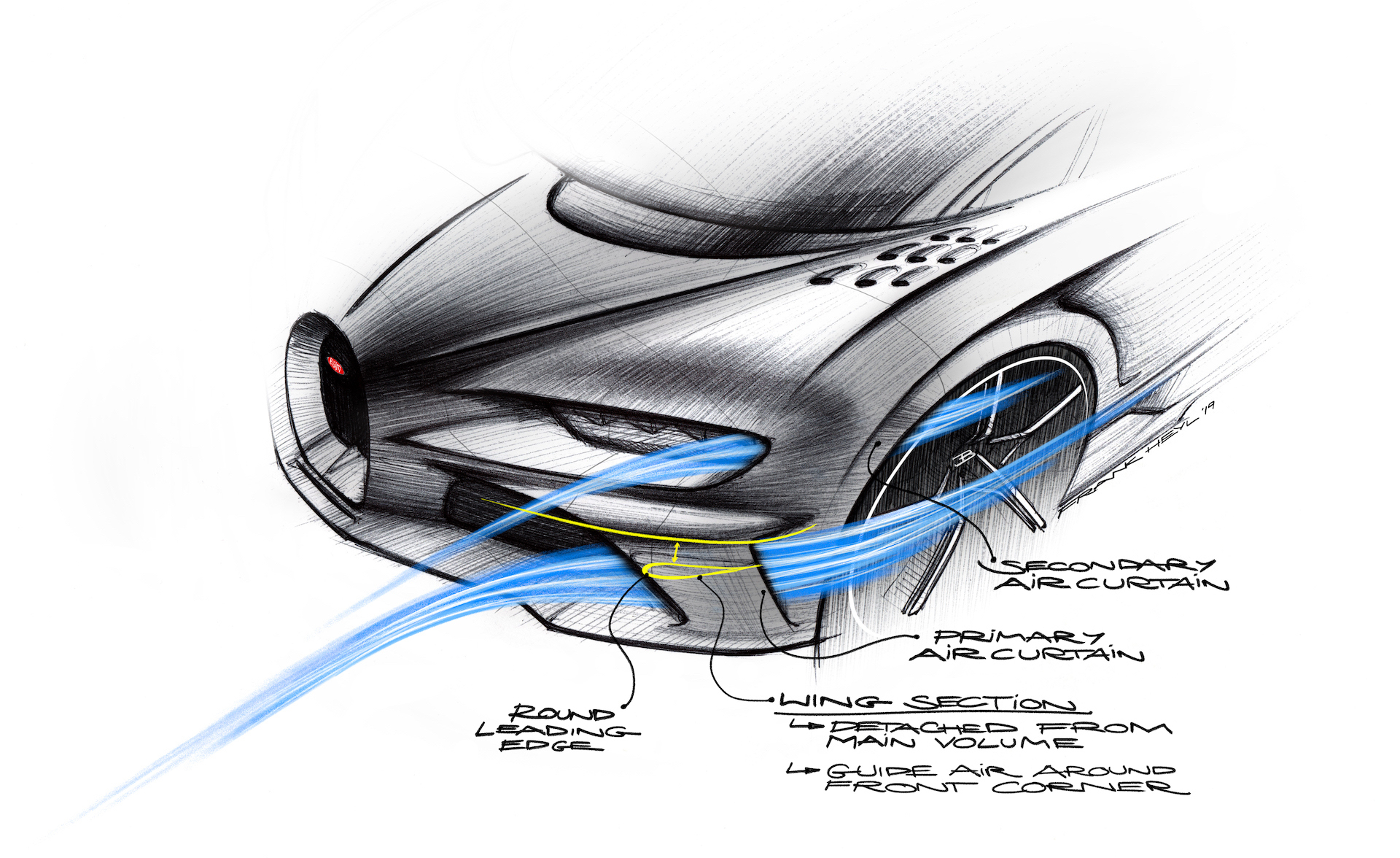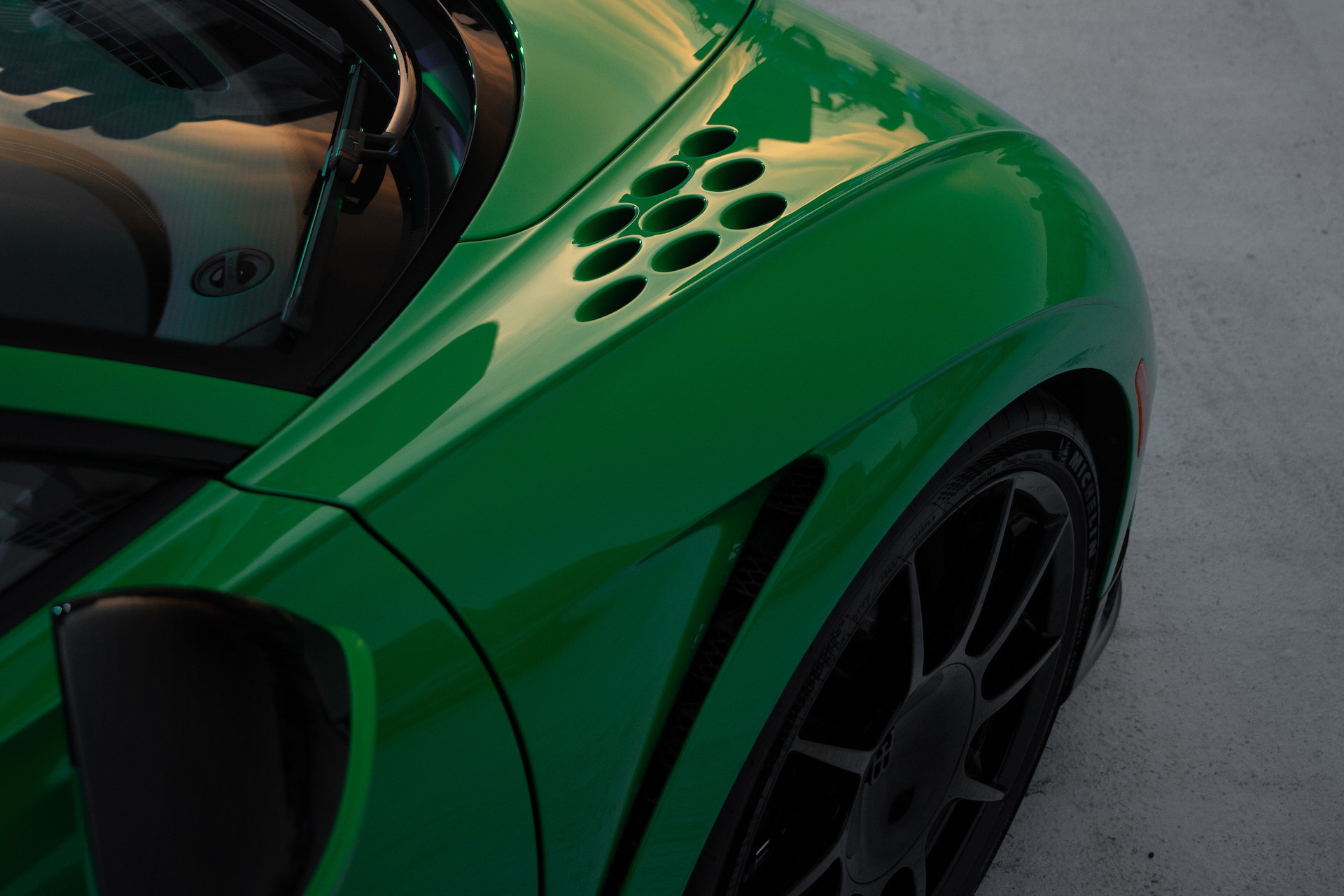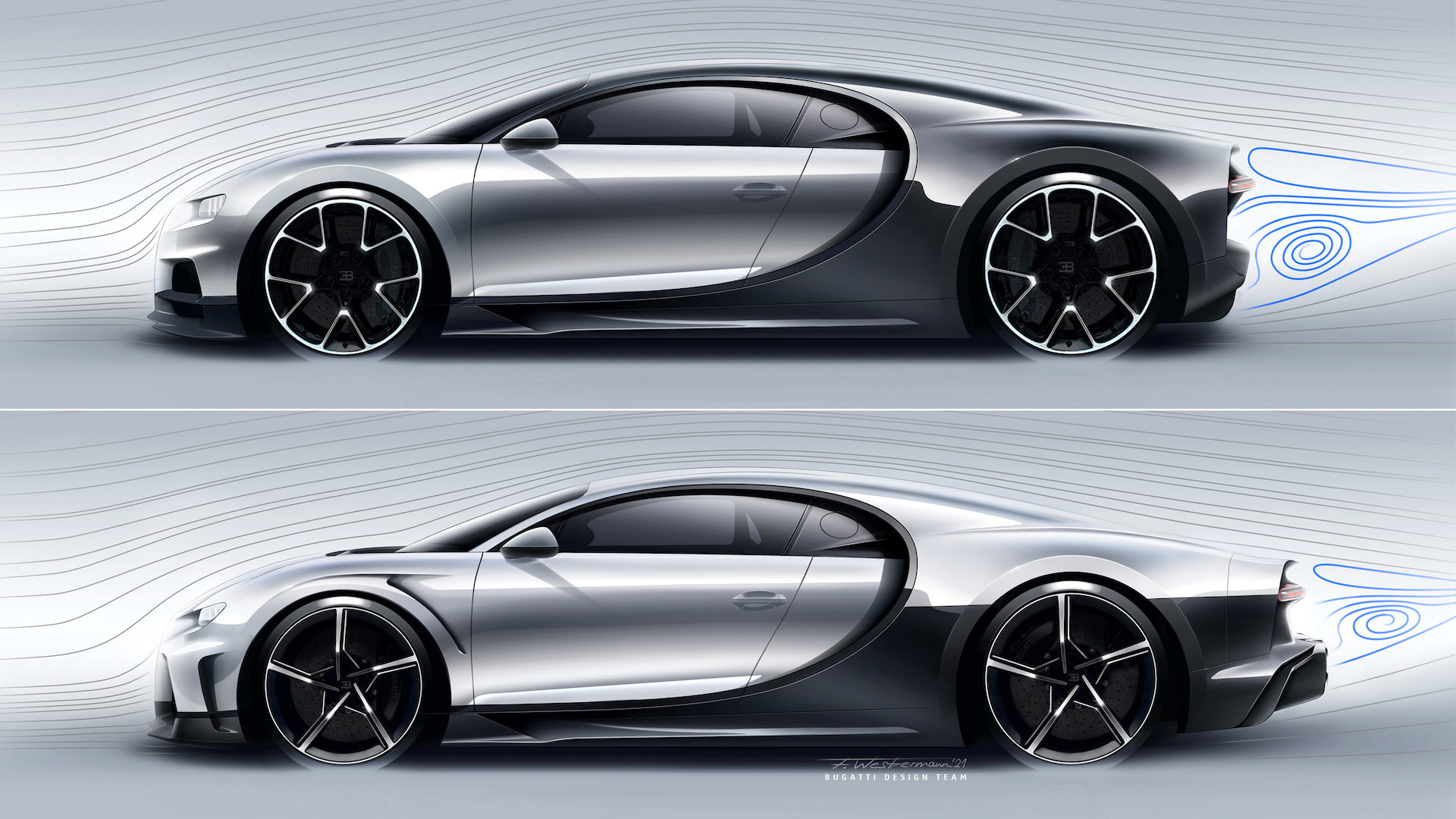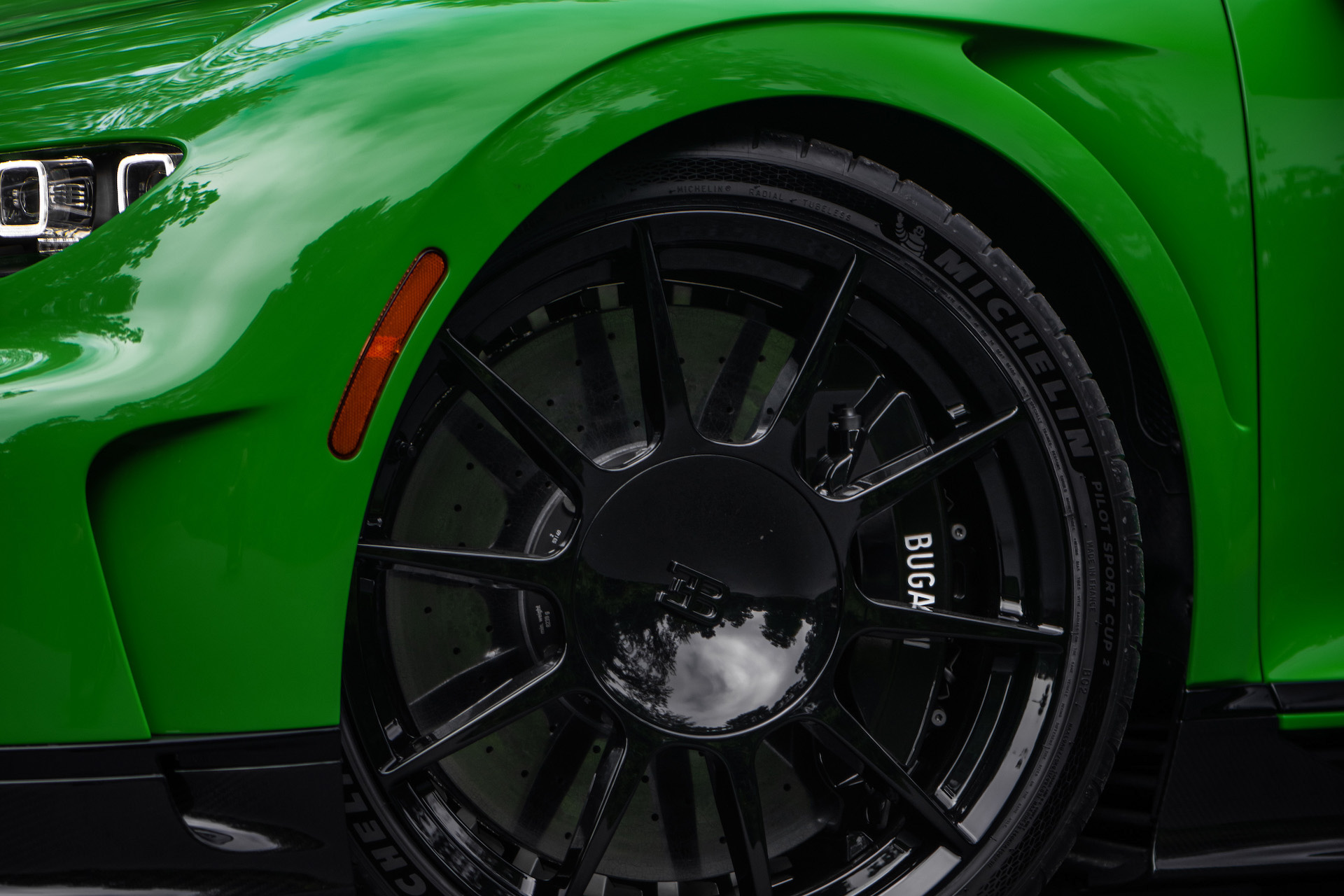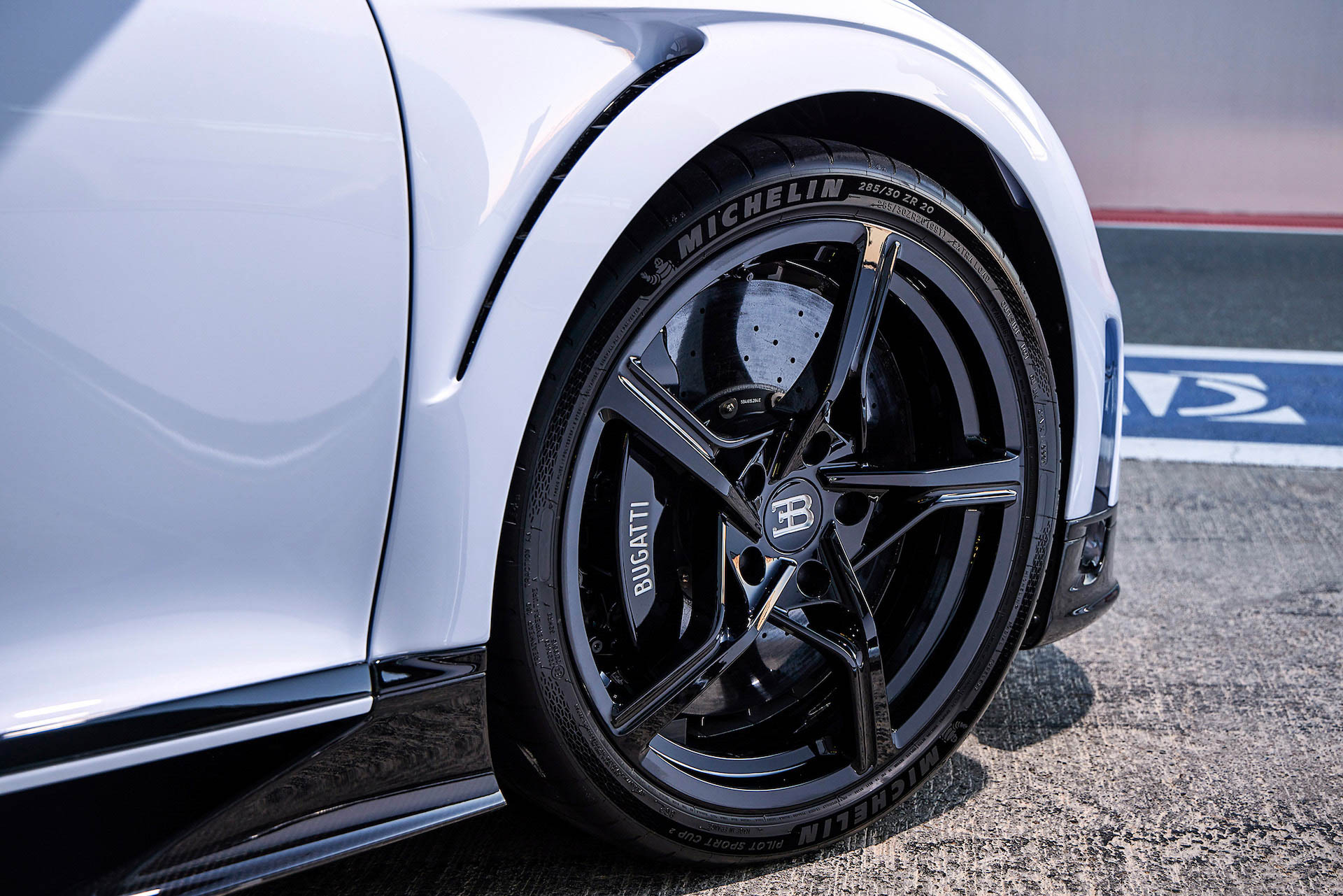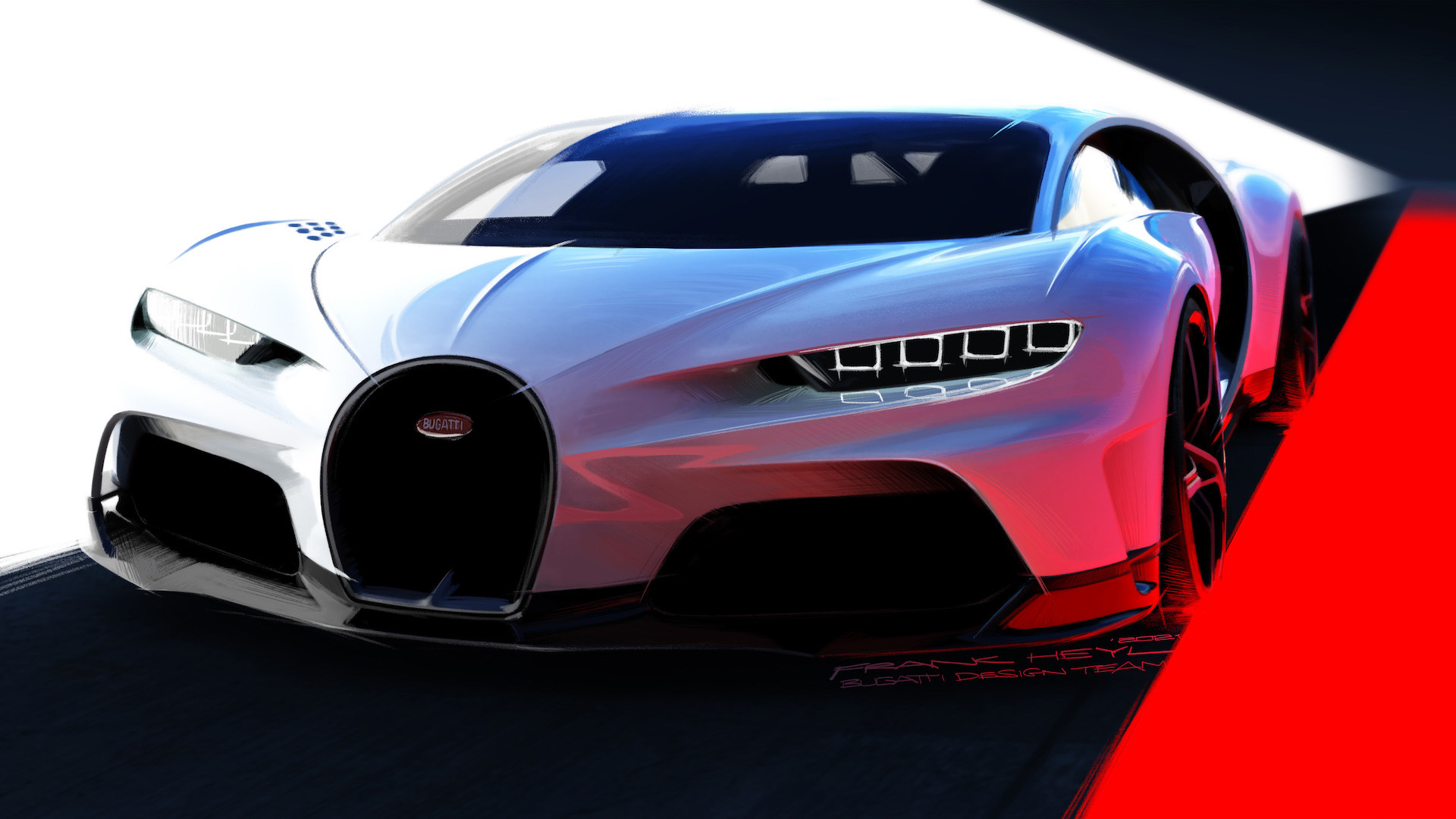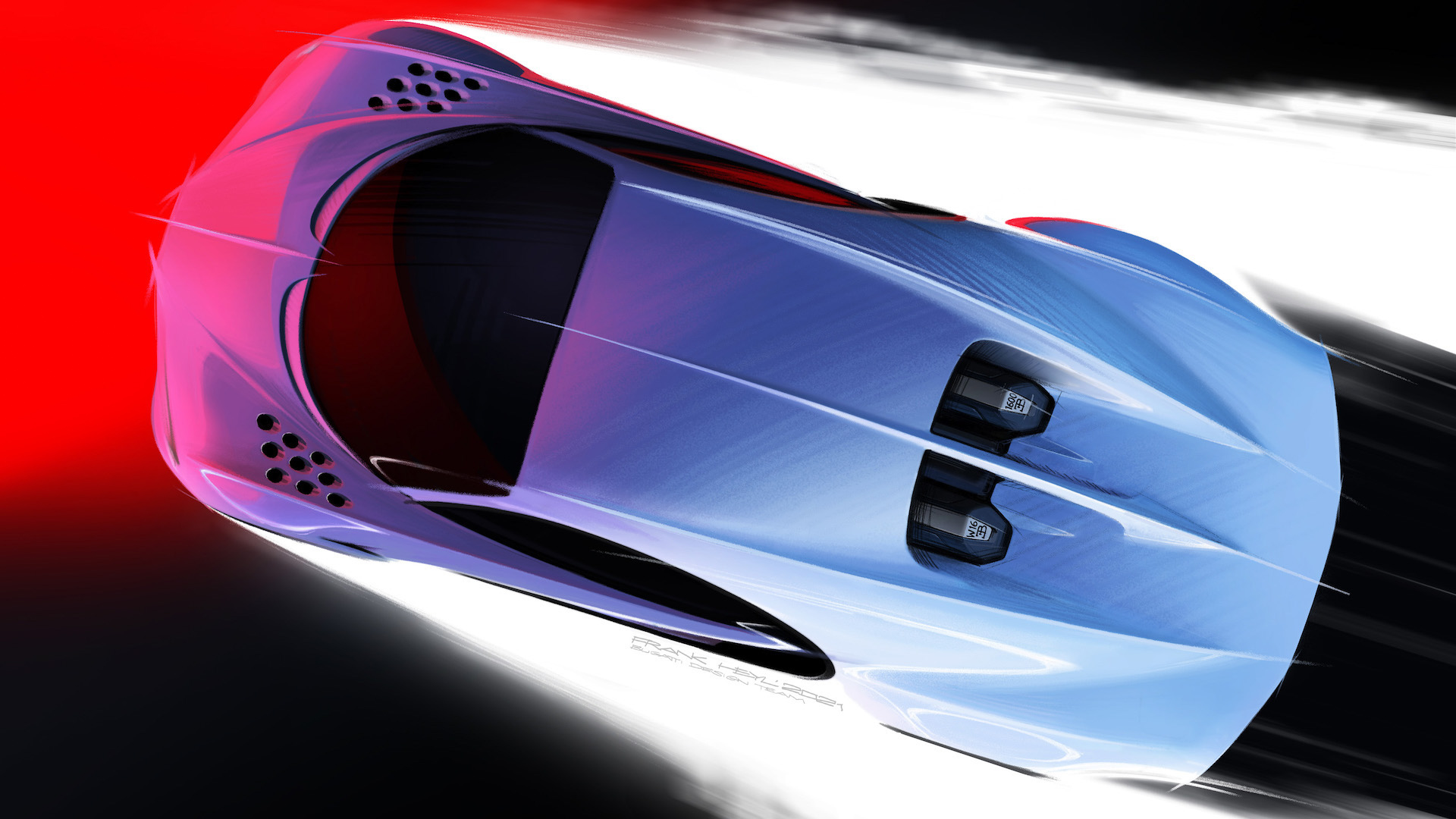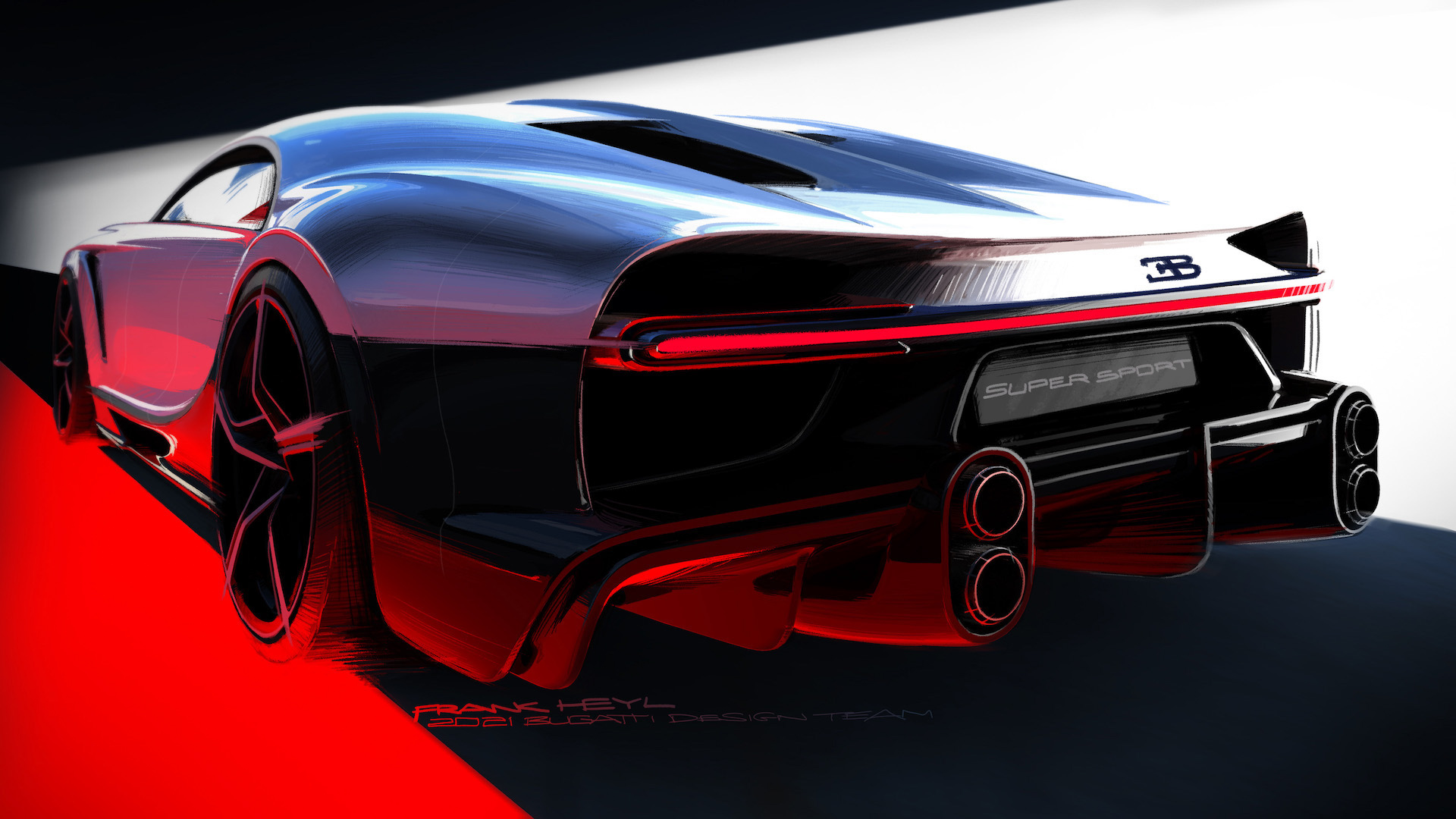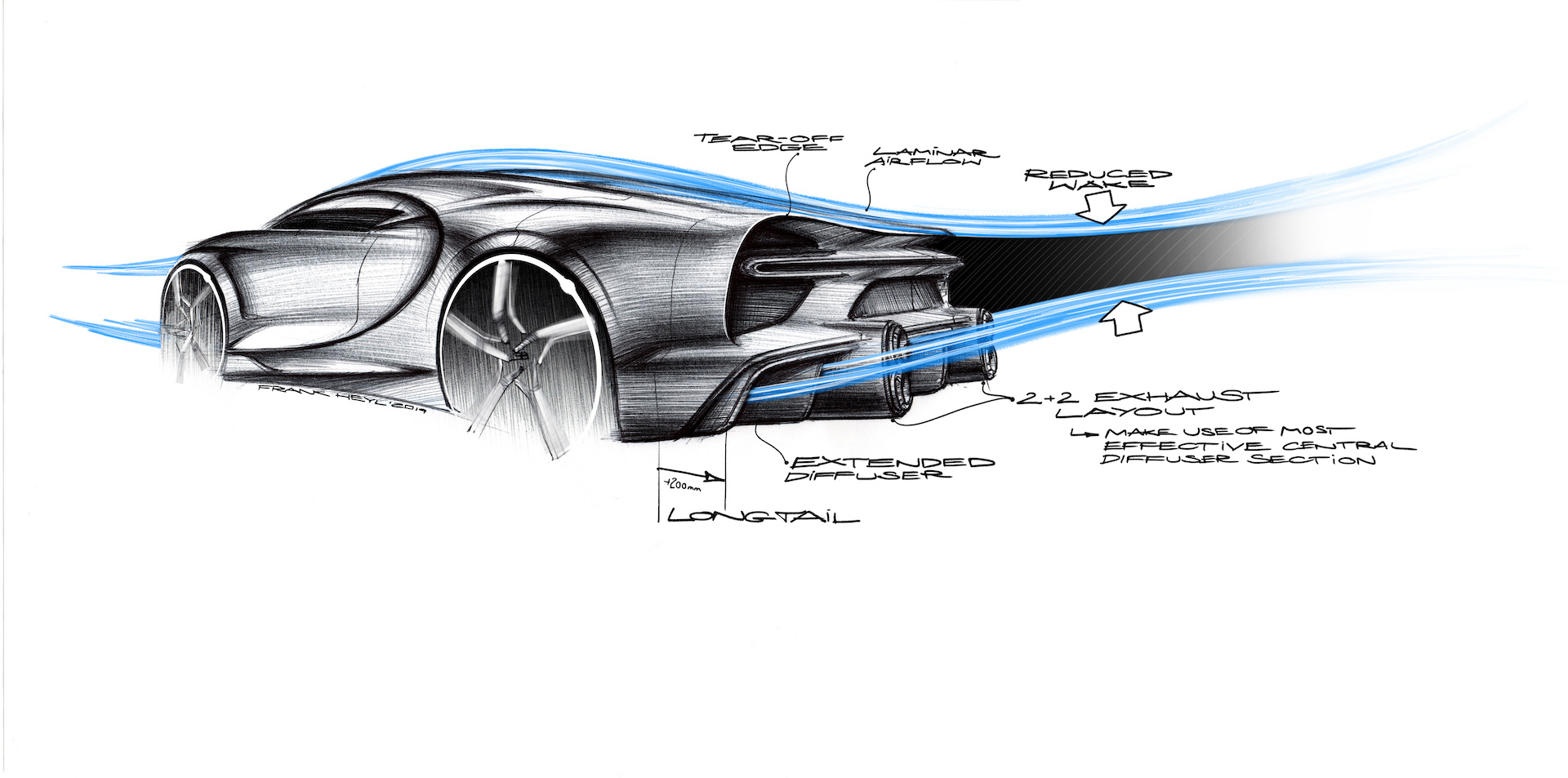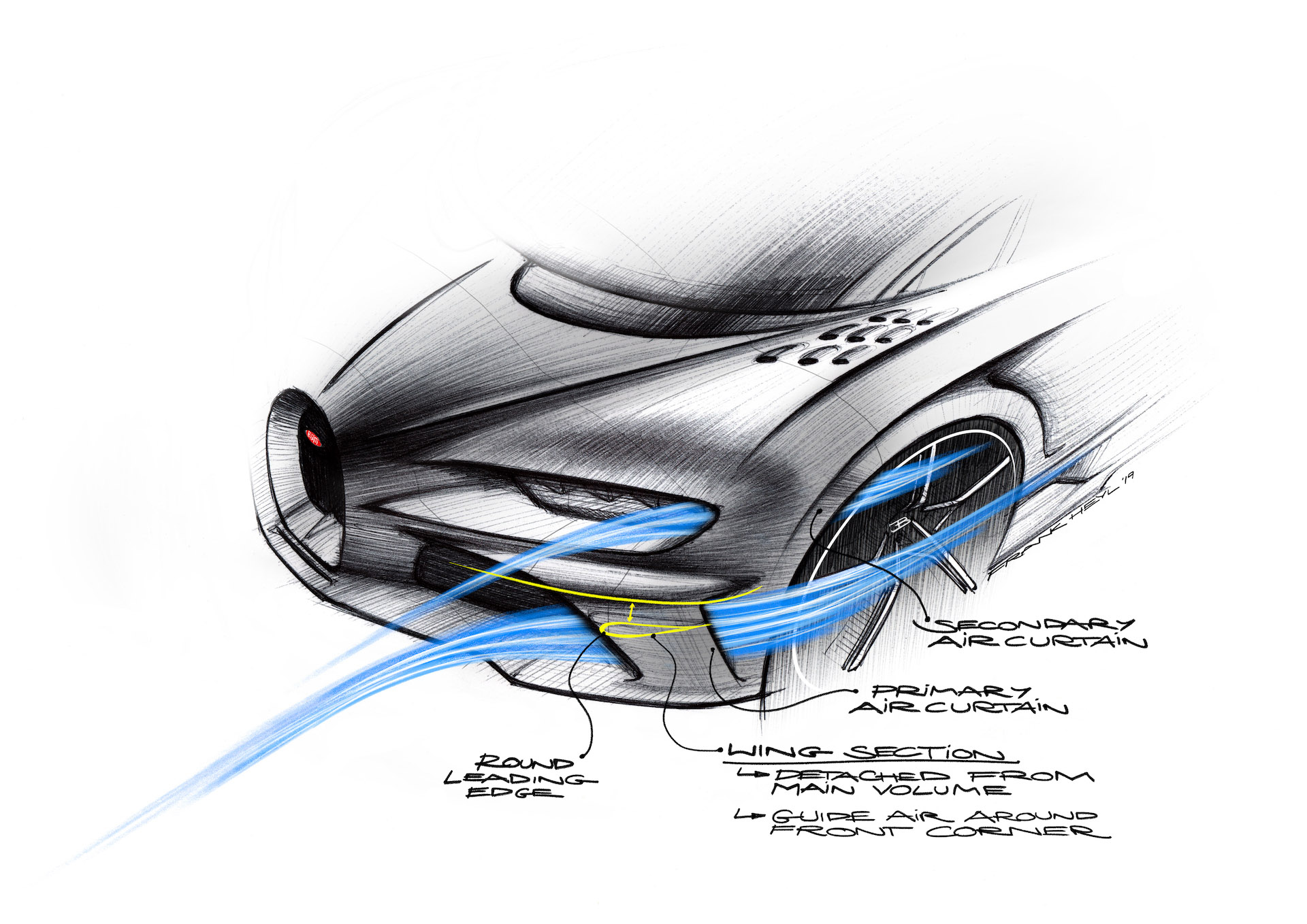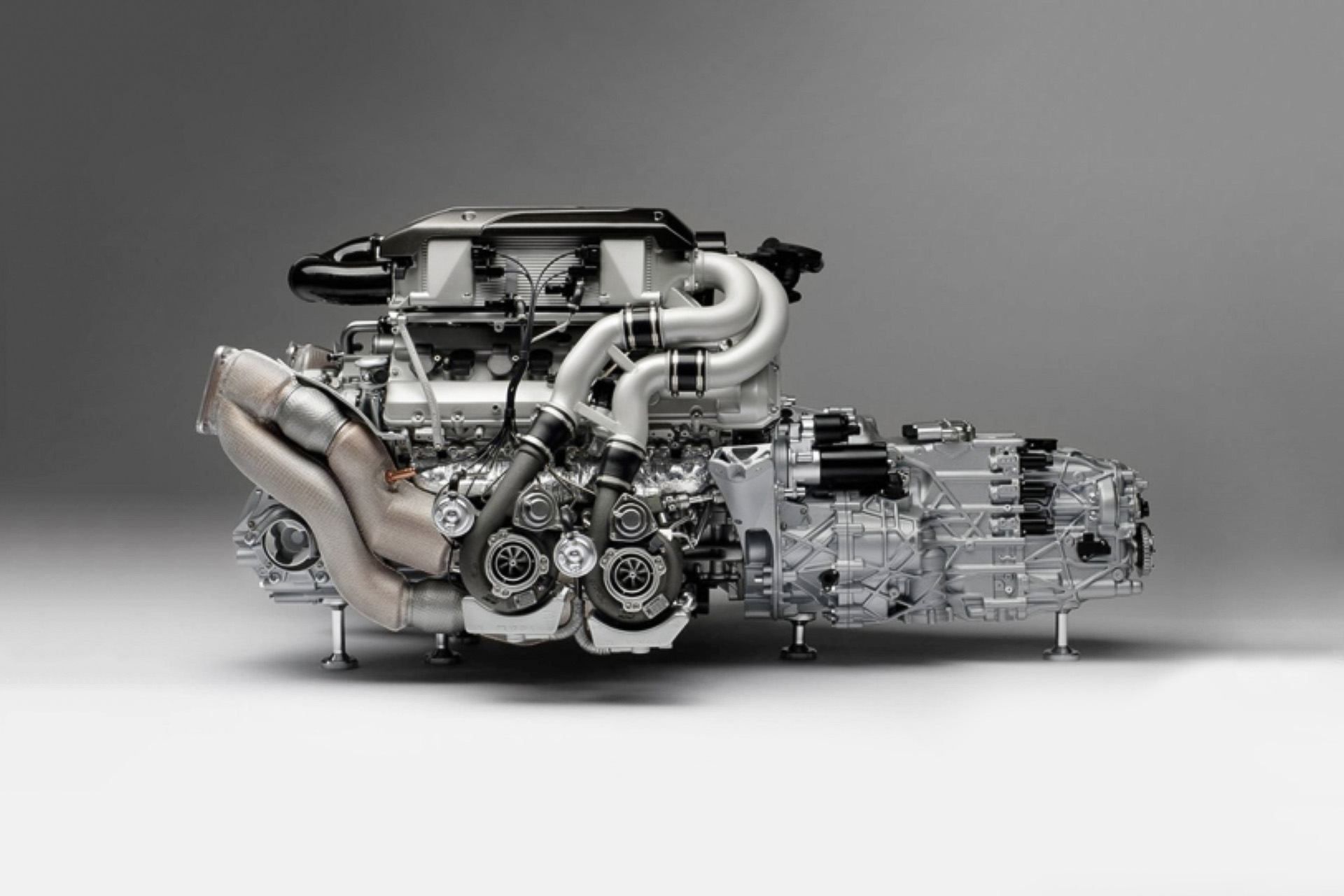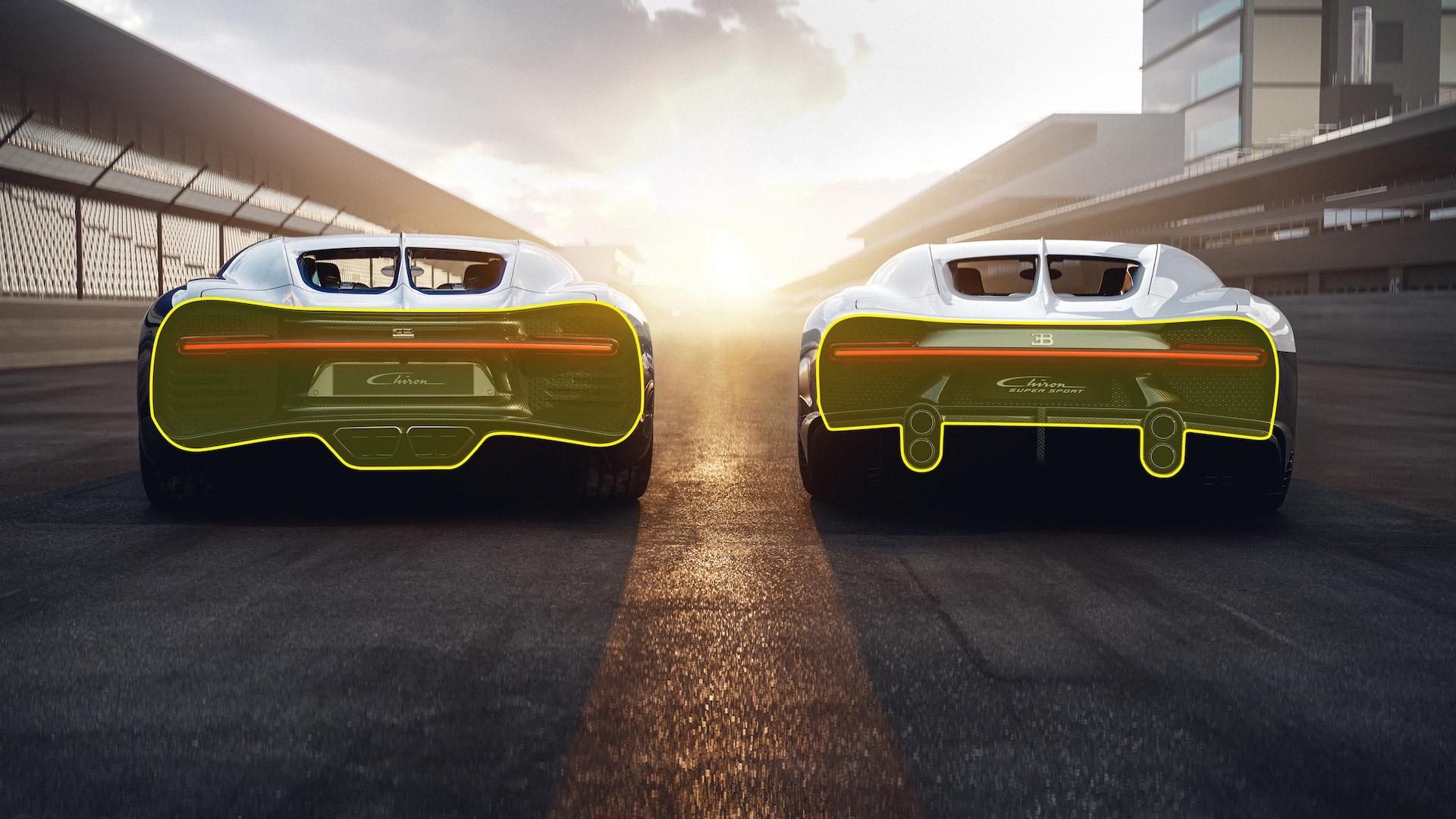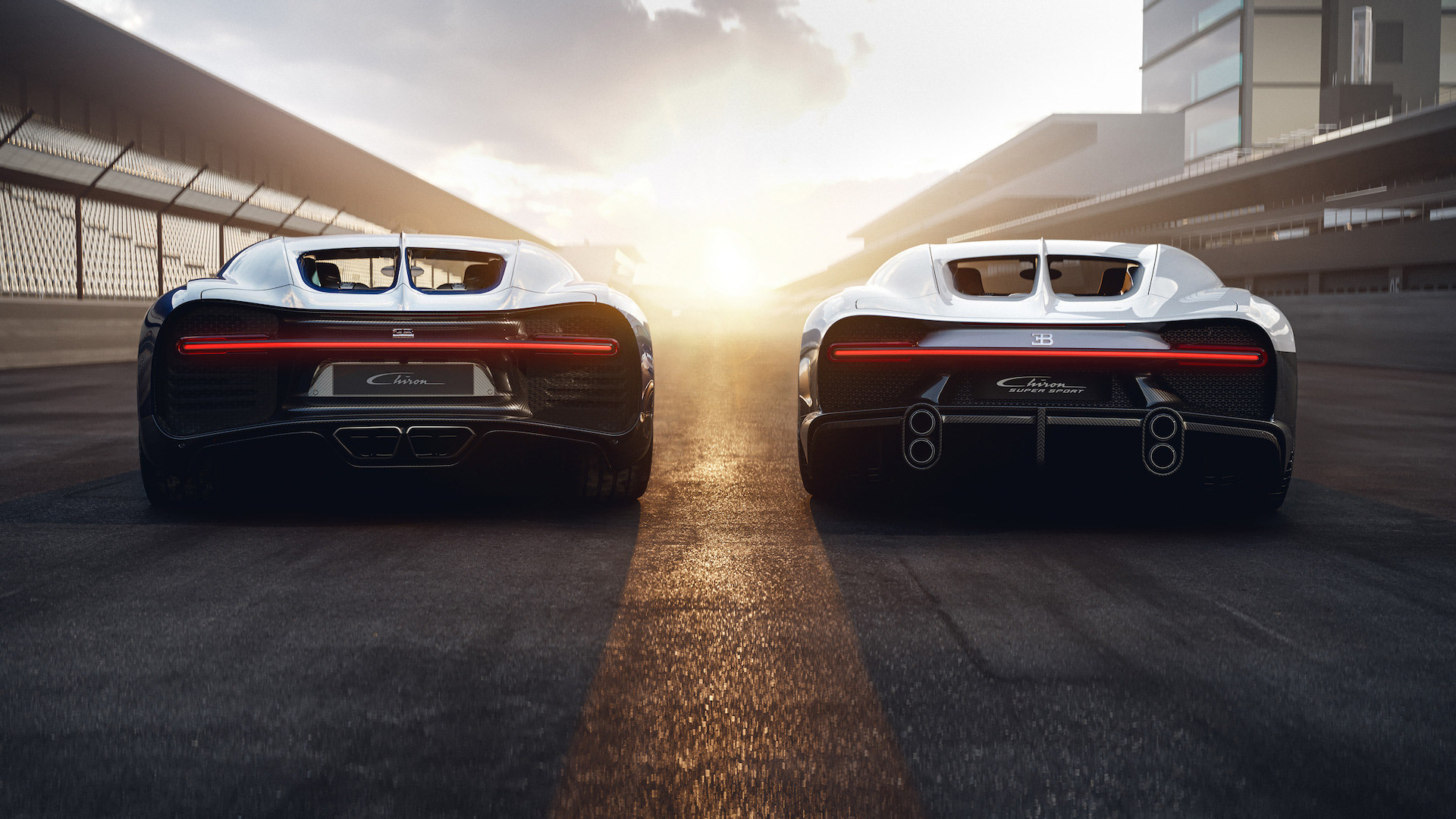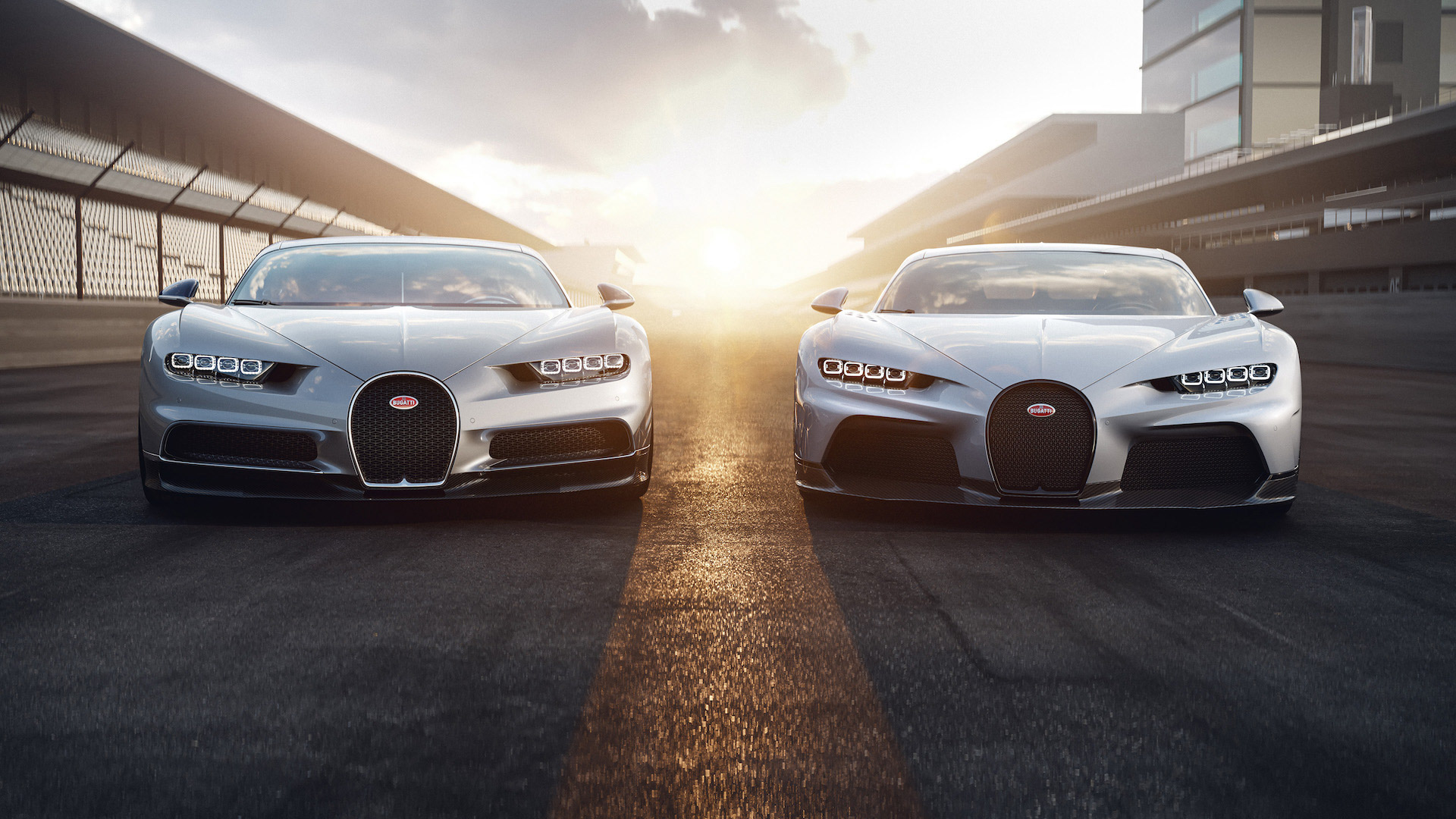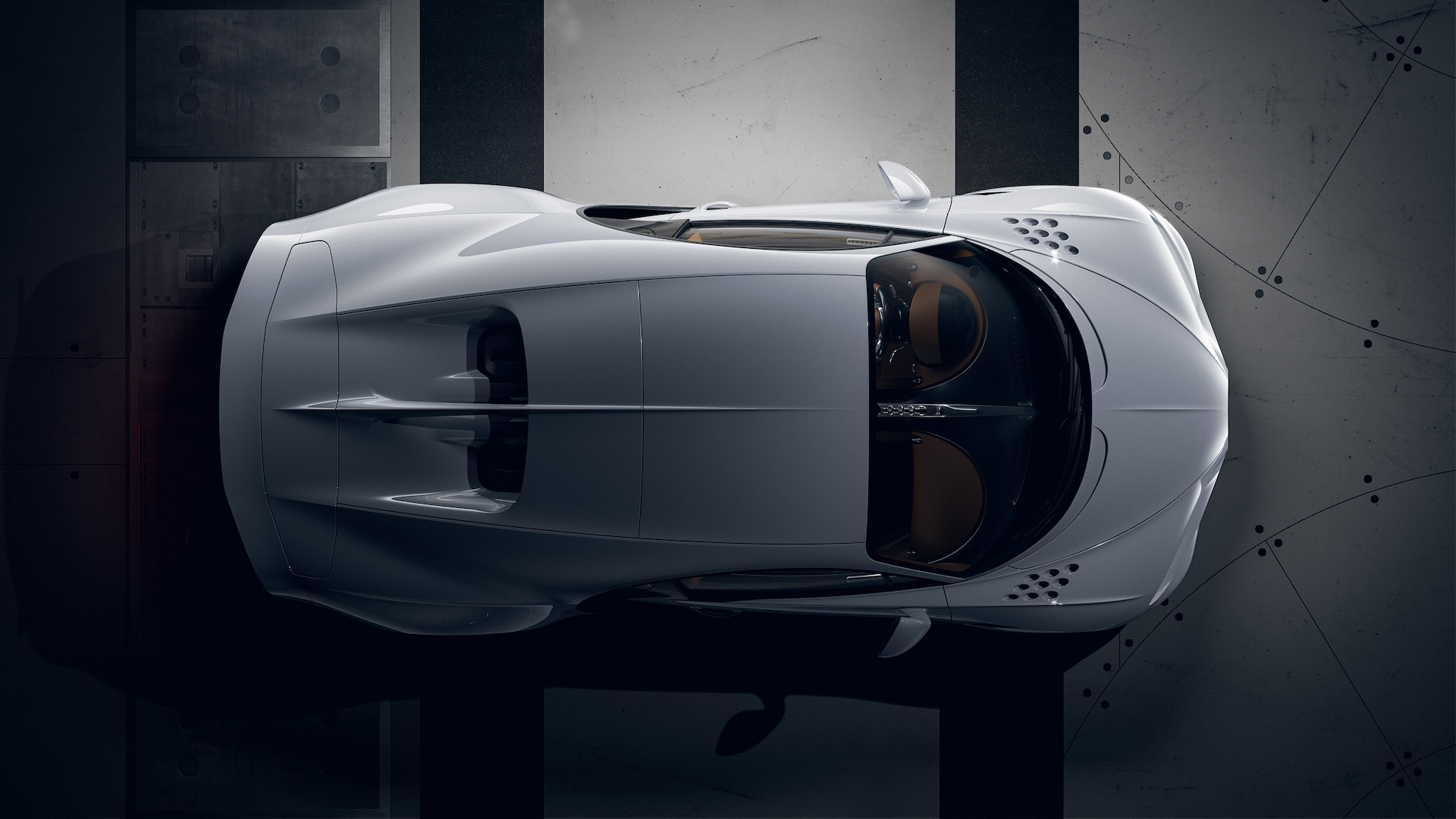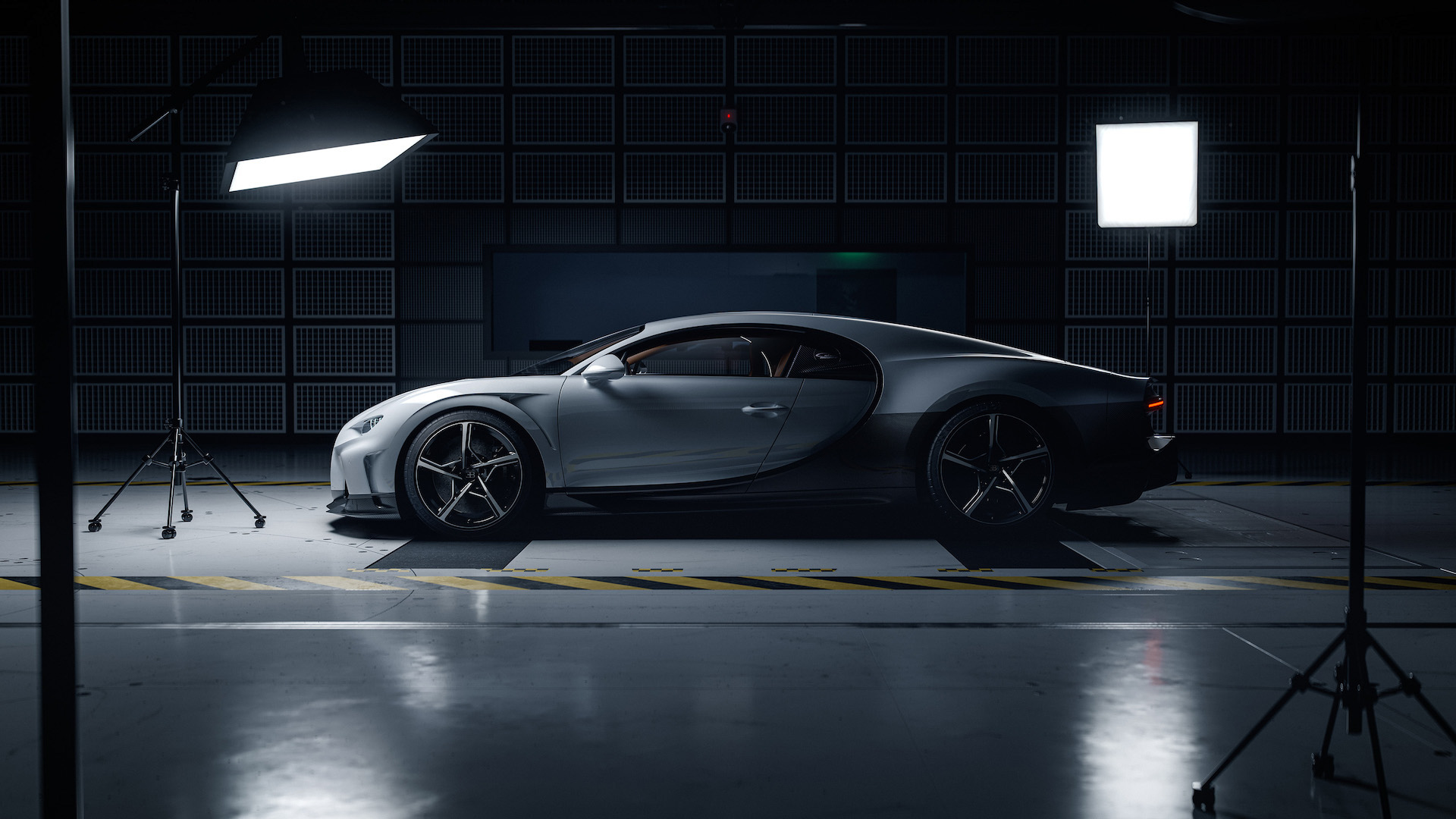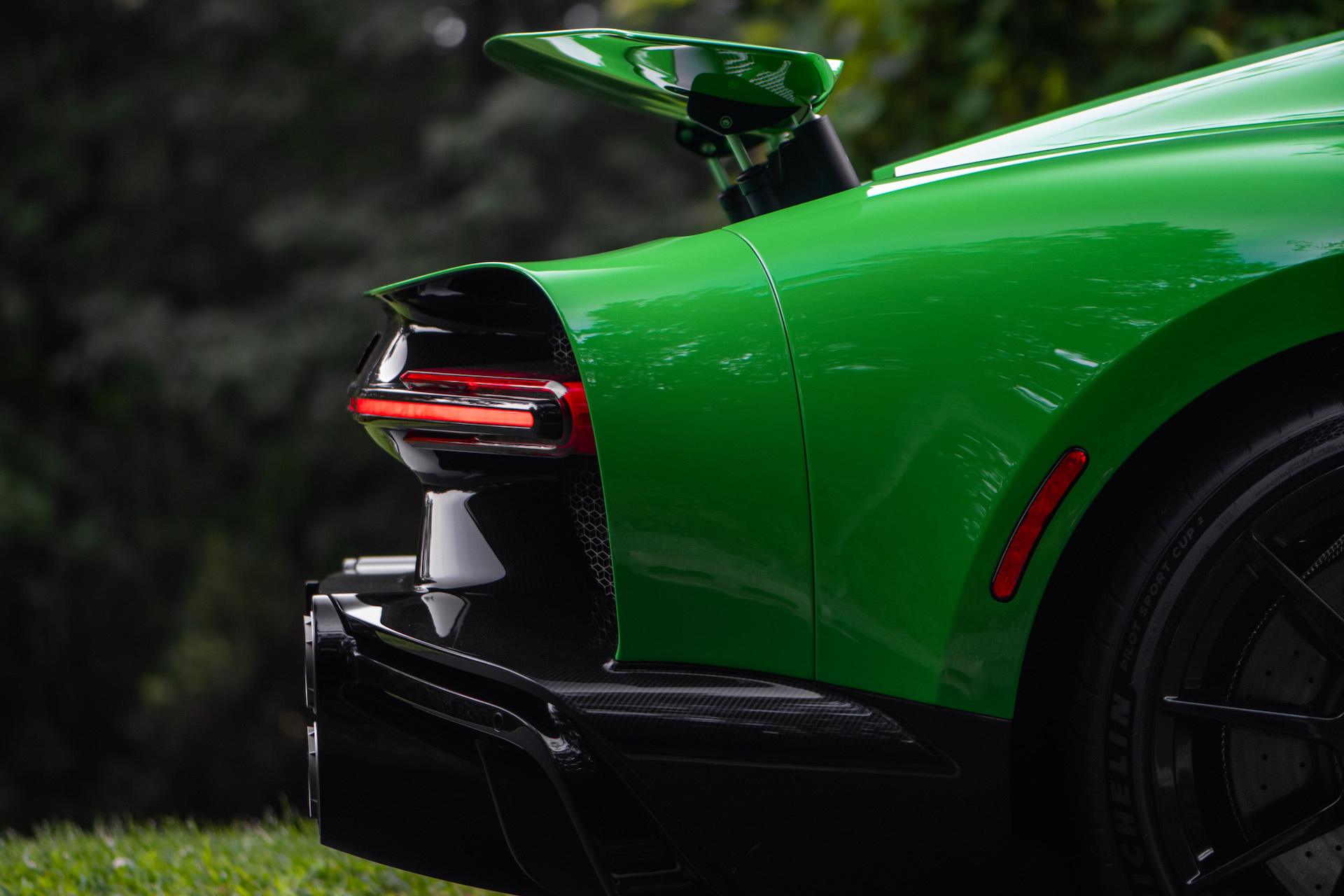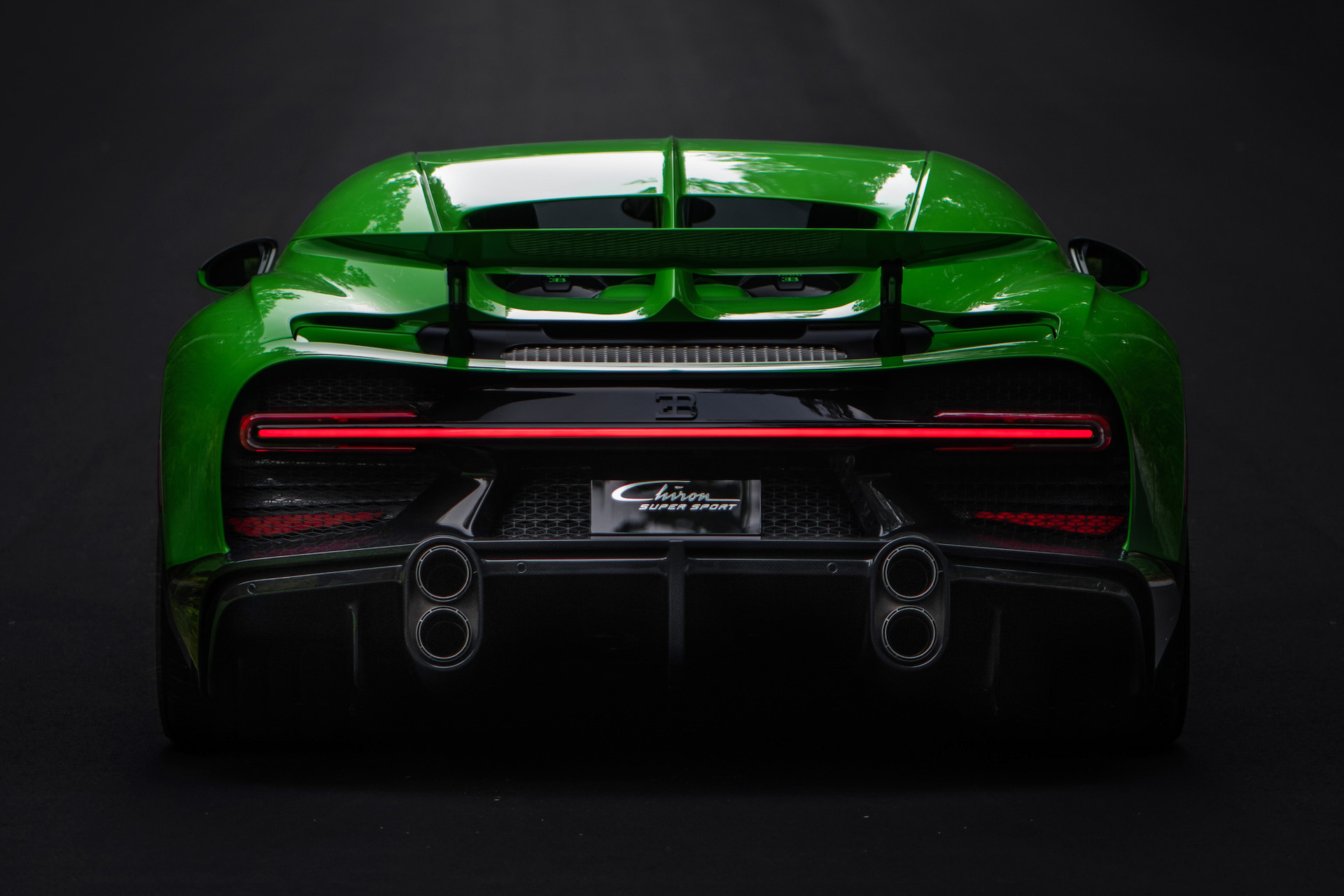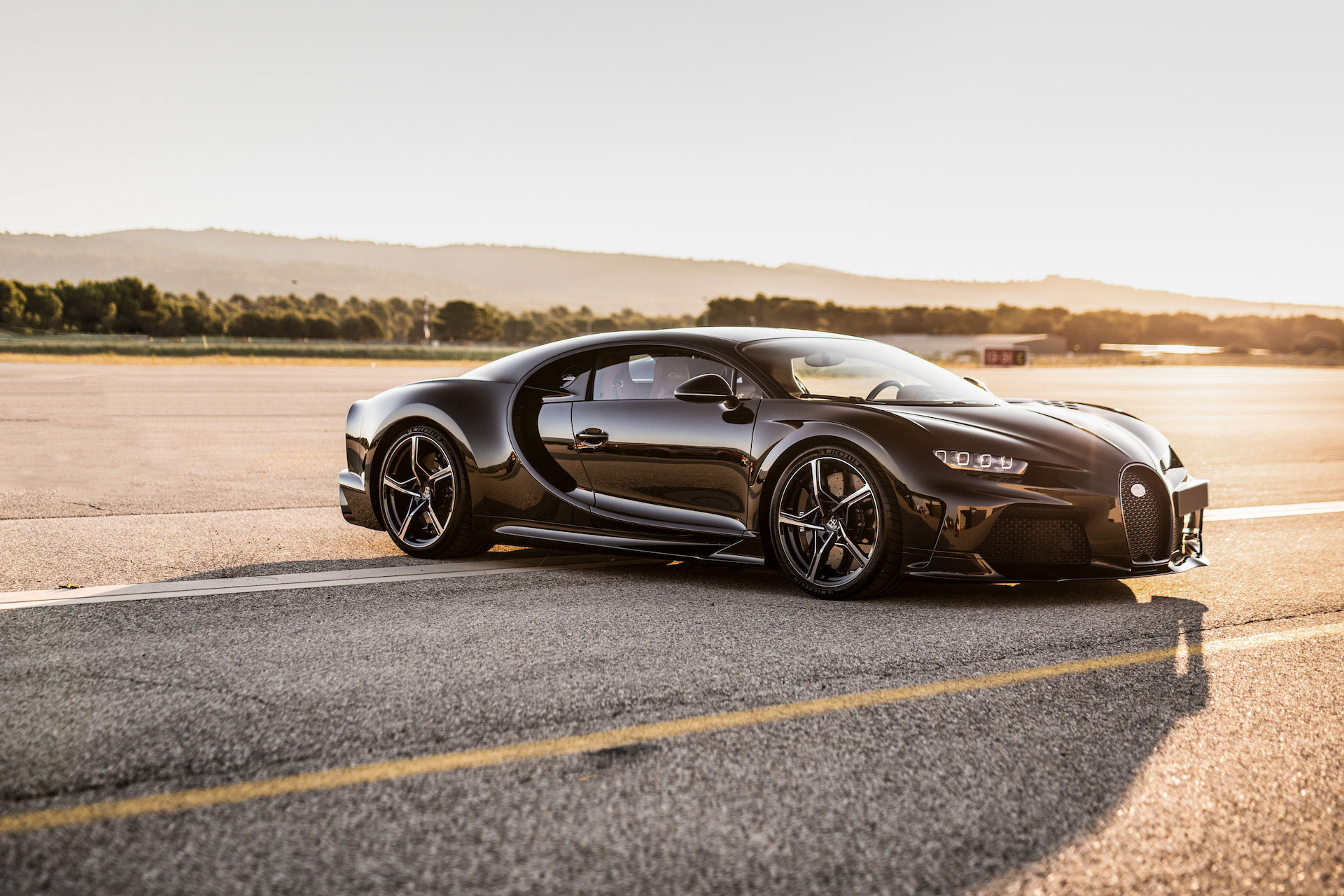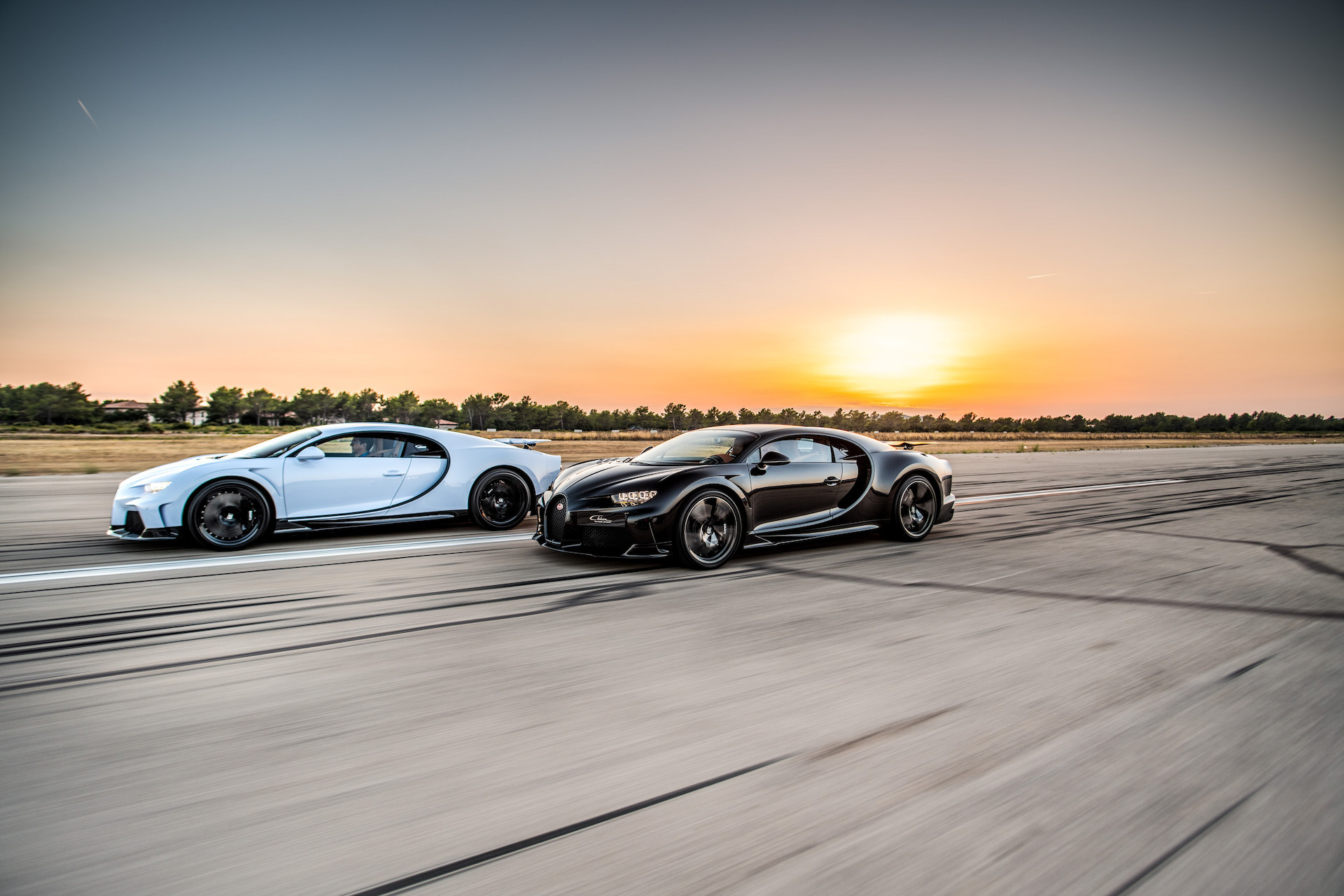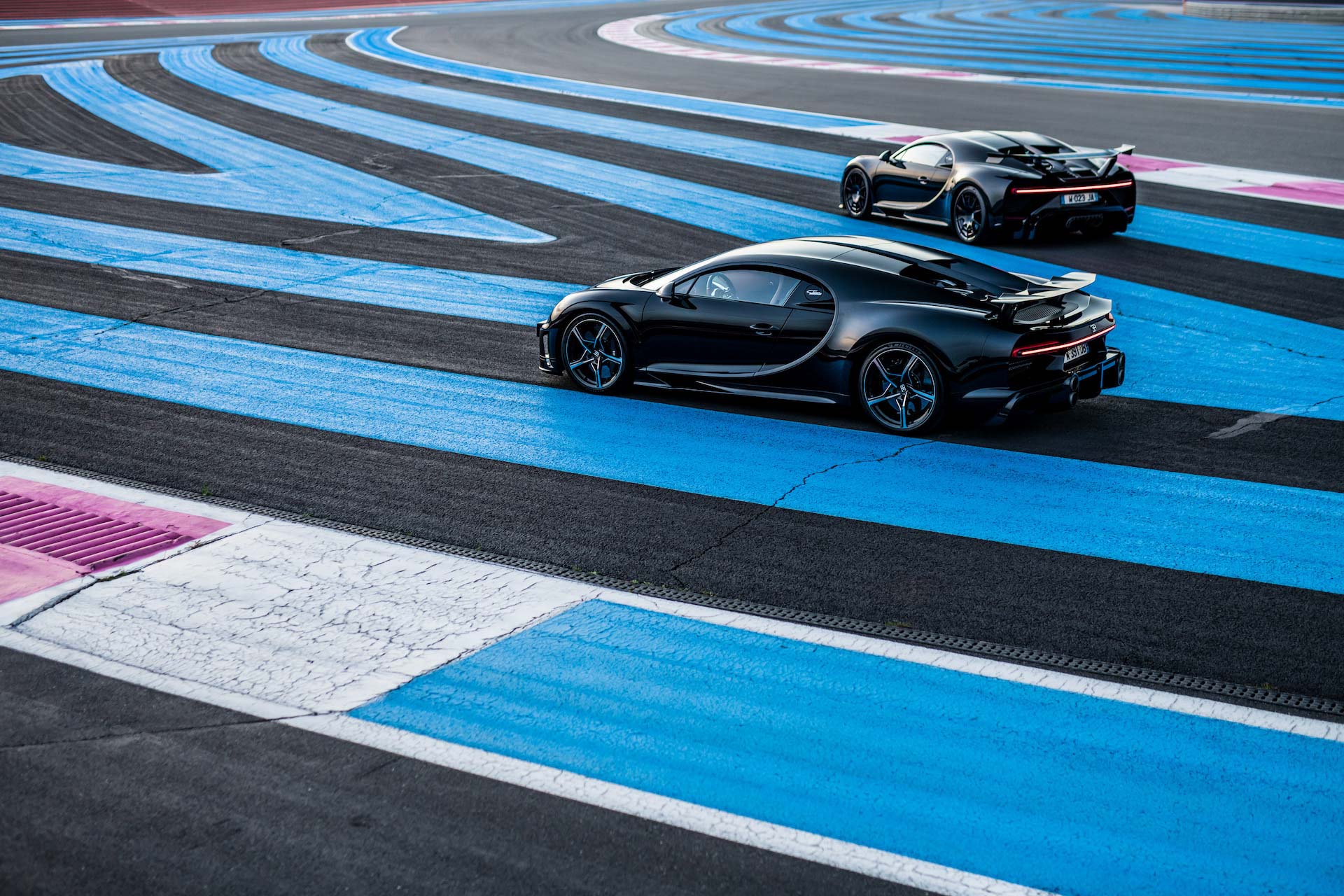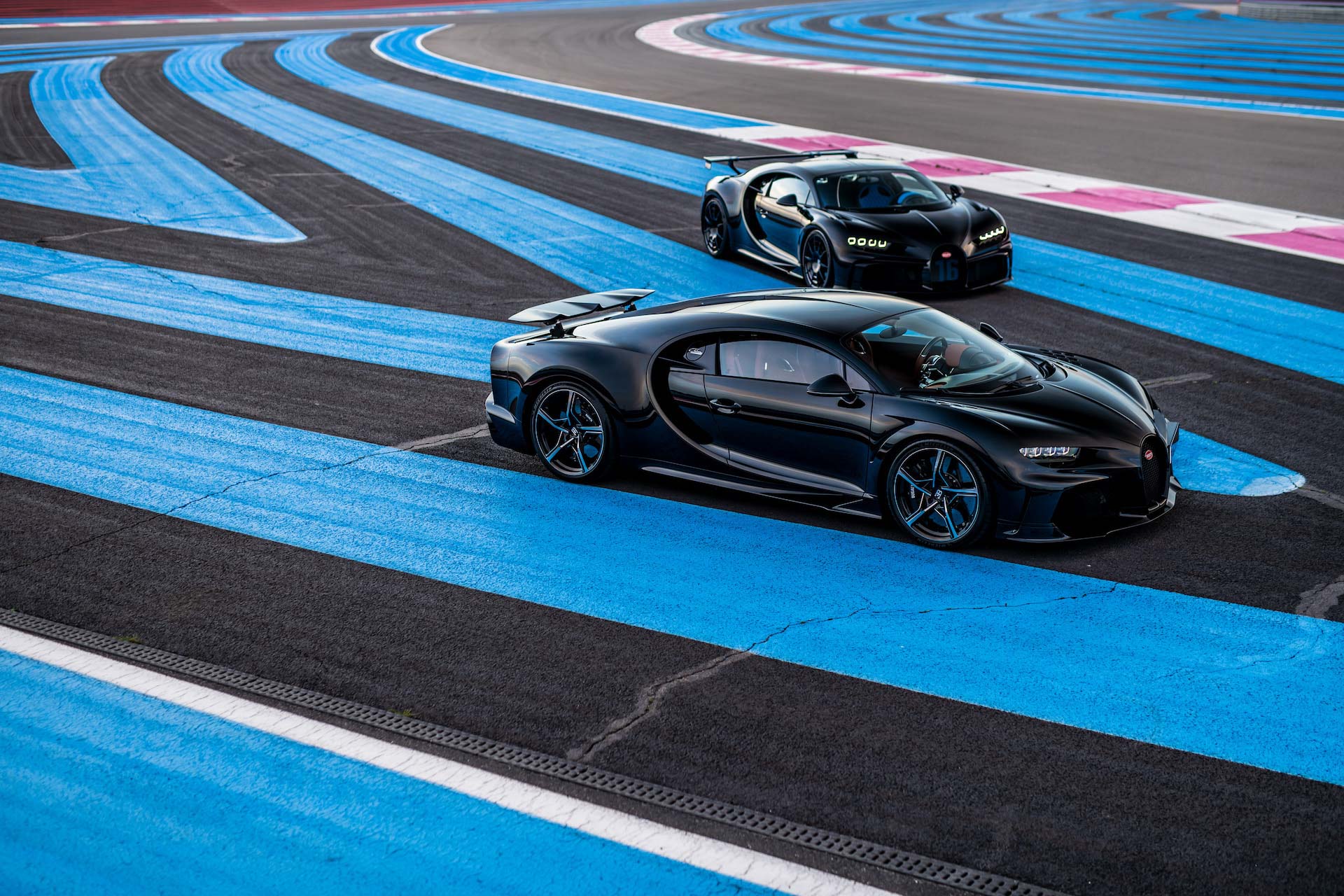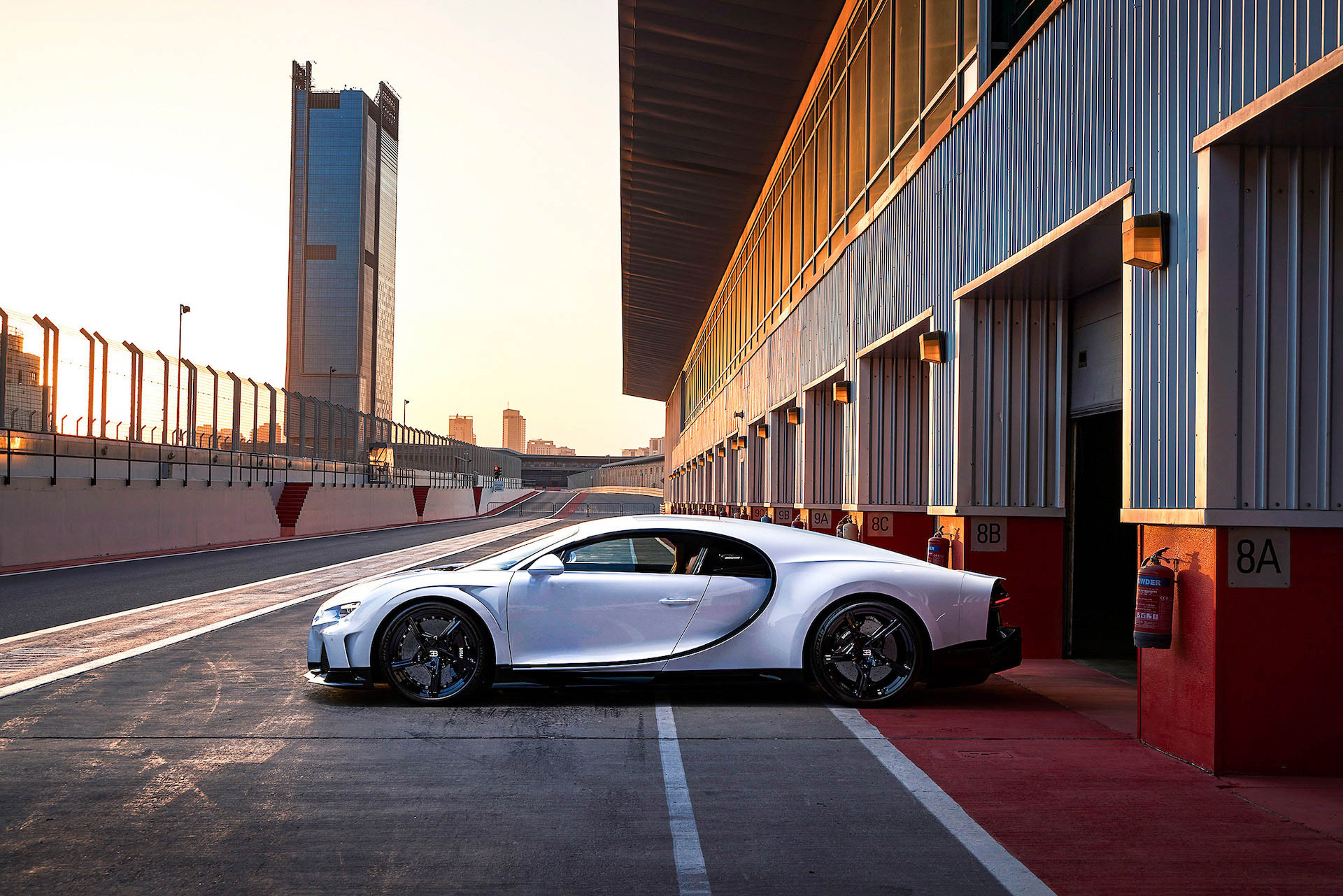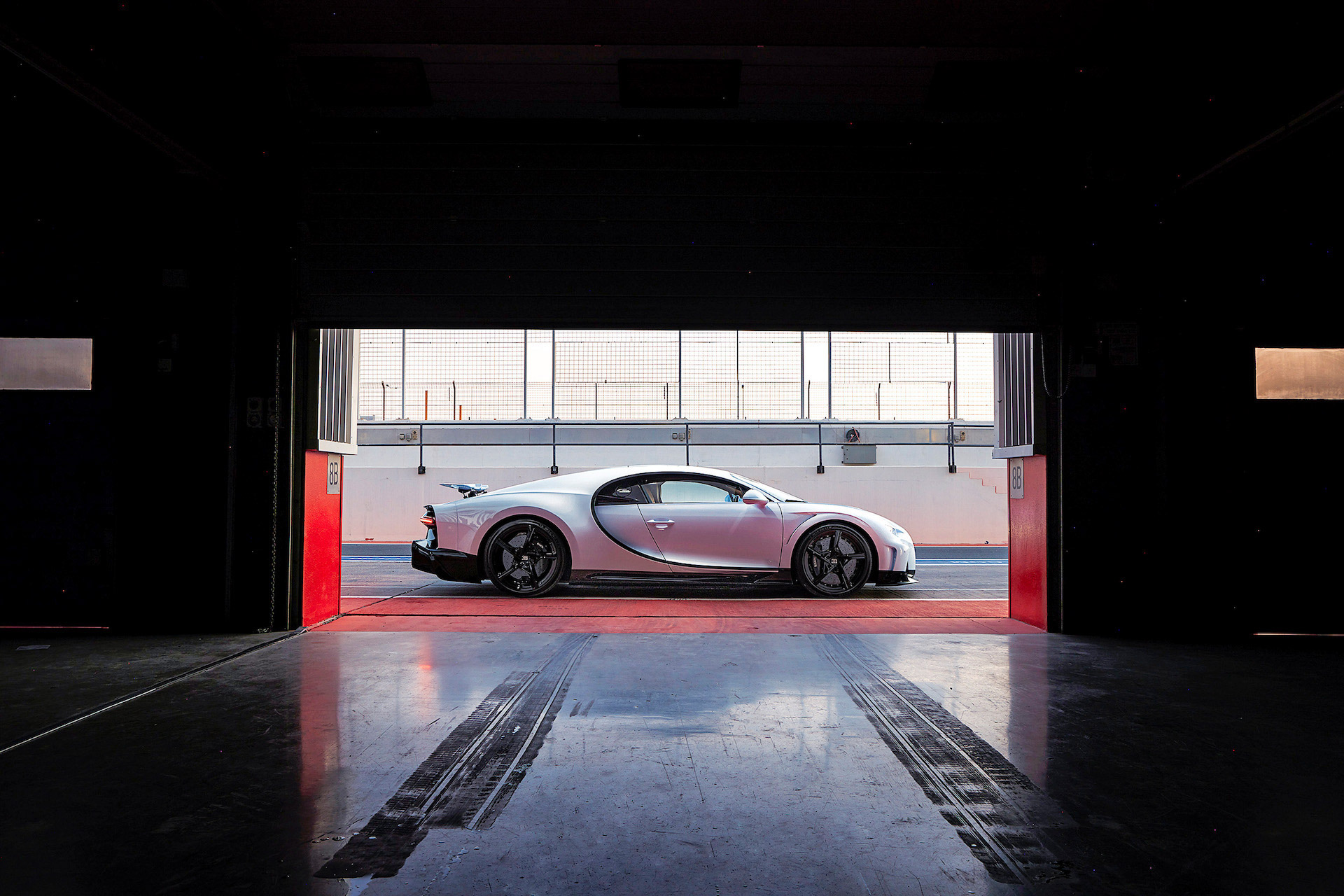Making big performance claims for your new startup’s first supercar is easy. Making good on those claims is a different matter altogether, something Bugatti reminded us of this week with a recap of the work involved in creating its 273 mph (439 km/h) Chiron Super Sport.
The Chiron Super Sport, you might recall, is a slightly more luxurious (and slower) version of the Super Sport 300+, which became the first production car to top 300 mph (483 km/h) when it recorded 304.773 mph (490.484 km/h) at VW’s Ehra-Lessien test track in August 2019. Both cars share the same mechanical improvements over the stock Chiron, but the plain Super Sport is limited to 273 mph (440 km/h) in the interests of world peace and the safety of people coming the other way.
Related: For Better Or Worse, Mansory Can Transform The Bugatti Chiron
With the first Super Sport customers about to take the keys, let’s take a look at some of the tech that differentiates it from a regular Chiron and see what they’ve got to look forward to.
More Power, Higher RPM
Extracting 1578 hp (1600 PS) from an engine that already makes 1480 hp (1500 PS) sounds like something that would be solved with a couple of keystrokes on a laptop, but Bugatti enlarged the size of the four turbochargers, modified the pistons and valves, and raised the 8.0-liter W16’s rev limit by 300 rpm. The engine is finished off with a titanium 3D printed exhaust featuring a double-wall structure that envelops the hot exhaust gasses with cold air to keep them clear of the rear bodywork’s aero structures.
Longer Gearing
To make the most of the engine’s extra muscle Bugatti fitted the Chiron Super Sport with a 3.6 percent longer seventh gear. The SS achieved its insect-obliterating 273 mph top speed in seventh, having shifted up from sixth at 250 mph (403 km/h).
Air Curtains
Smashing 270 mph without smashing the car up halfway down the straight required Bugatti’s engineers to create a shape with minimal drag but meaningful downforce. One of Bugatti’s aerodynamic tricks was the addition of new “air curtains” at the front that help guide the air, ensuring its sticks closely to the body’s contours.
A Quick Nine Holes
Related: Bugatti Rimac Is Officially In Business, With An HQ In Croatia And Mate Rimac As The CEO
The nine circular holes on the Super Sport’s front wings make a nice reference to a design feature of the Bugatti EB110, which itself was briefly the world’s fastest car in the early 1990s. But Bugatti says they’re also entirely practical, letting pressure from the wheel arches bleed off and generating 20-30 kg (44-66 lb) of downforce at 236 mph (380 km/h) without adding the kind of drag you’d get from a traditional spoiler.
Stiffer Suspension
The Super Sport’s long tail bodywork resulted in a change in axle load, necessitating a 7 percent increase in the rear spring rate to keep things nice and stable. And you kinda want stable when you’re driving faster than some planes can fly.
Lightweight Wheels
Bugatti came up with a new set of wheels that weighed (8.8 lb) 4 kg less per set than the stock Chiron rims, and were also more rigid to survive the rigors of 270+ mph motoring. And for drivers who really want to go the extra mile (per hour), there’s the option of a different set of magnesium rims from the Pur Sport that save a massive 35 lb (16 kg).
Bespoke Michelin Rubber
You can’t exactly pop down to Tire Rack and grab something off the shelf when you’re making a car faster than almost anything that’s ever been committed to asphalt. So Bugatti had Michelin modify its Pilot Sport Cup 2 tire to offer more rigidity, but also extra smoothness above 261 mph (420 km/h), and tested them in a facility designed for fighter jets. It even X-rays every production tire to check for defects.
To experience this technology in action Bugatti customers are each parting with €3.2 million ($3.59 m) to get their hands on just one example of the 60 Super Sports being built. Or you could always build you own 273 mph hypercar. I mean, how hard can it be?




